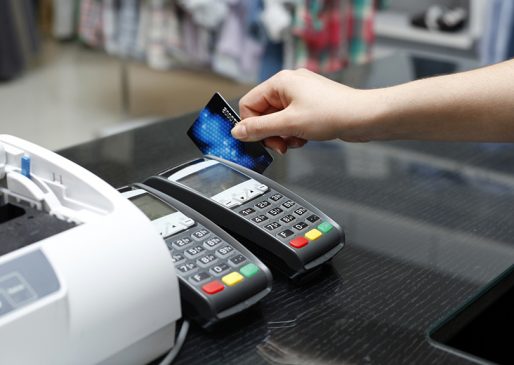Afew days ago, the Reserve Bank of India (RBI) said it was monitoring some components of personal loans to identify stress. It seems the central bank is not just monitoring the situation, but taking action to avert a full-blown credit default crisis.
Read More:- Amazon Pay introduces EMI on RuPay Credit Cards to make festive shopping more affordable
The central bank has asked lenders in the country to tighten controls on retail or personal loans, following a record surge in such borrowings, reported news agency Reuters quoting two people familiar with the matter.
They also indicated that the central bank may impose stricter measures to deal with the situation.
Bad loans, which have historically been a problem for India, have fallen to a decade-low, fuelled by measures taken jointly by the central government and the RBI.
Alarming credit card spending
While the RBI has not shared any further information on the type of personal loans that have raised concerns, data points at high credit card spending and ‘tiny’ loans.
A person quoted in the Reuters report shared a worrying trend – that there has been a surge in “tiny” personal loans, particularly those of up to Rs 10,000 taken for three to four months, towards lifestyle spending.
Most of this spending has been happening via credit cards, as per a recent Bloomberg News report. It suggested that credit card spending by Indians has surged to a record high, significantly increasing the chances of potential defaults during the festive season.
Data from the Reserve Bank of India (RBI) indicates that the amount transacted through credit cards rose to an all-time high of Rs 1.48 lakh crore in August 2023, up from Rs 1.45 lakh crore in July. This number may have increased further during the ongoing festive season, a period which traditionally sees a rise in shopping.
‘Tiny loan’ trouble
If record credit card spending is not enough, a spectacular rise in small personal loans has made the situation tense and the RBI seems to be worried about the potential fallout.
Read More:-Google for India 2023: Google to launch Digi Kavach to protect Indian users from online scams
Ismail Sayyed, a 30-year-old cab driver from Mumbai, told Reuters that he took a personal loan of Rs 5,000 this year. He used it to buy a mobile and the rest to eat out. As soon as he fell behind on payments, loan collection agents landed at his doorstep.
This shows that banks and prominent NBFCs have loosened the noose on lending and made it easier to access credit – if not directly through their platform, then through tie-ups or partnerships with other third-party lending applications.
While overall bank credit growth has grown 15 per cent over the past year, small loans of Rs 10,000 or less have seen a rapid surge of 37 per cent in FY23. Loans of Rs 10,000-50,000 also rose 48 per cent, according to CRIF data quoted in the Reuters report.
In terms of volume, a staggering 38 per cent of the loans below Rs 10,000 were disbursed outside the country’s top 100 cities, according to CRIF data.
Curse of easy credit
The increased appetite for lending among a majority of Indians started fairly recently but has been rapidly growing, especially with the rise of new credit products such as ‘Buy now, pay later’.
Such types of loans have not only depleted household savings, but also often pushed young individuals into a debt trap.
And there is data to support this. RBI data indicated that growing leverage has driven India’s net household financial savings to a 50-year low, accounting for only 5.1 per cent of the gross domestic product in the fiscal year ending March 31, 2023.
Simply put, the dependence on small loans – credit cards, personal loans, and BNPL – has seen a sharp rise among Indians. More people are borrowing more frequently or swiping their credit cards, only to repay them along with higher interest. At the same time, a large number of people end up defaulting on payments as they are initially unaware of the spiraling debt trap.
Read More: How to lock your Aadhaar Biometric details: Top tips to avoid identity theft, AePS scam
For banks competing to increase their loan book, the risks related to unsecured lending are equally high. UBS analysts recently highlighted that escalating default risks in unsecured retail loans are likely to push up their credit losses by 50-200 basis points.



































